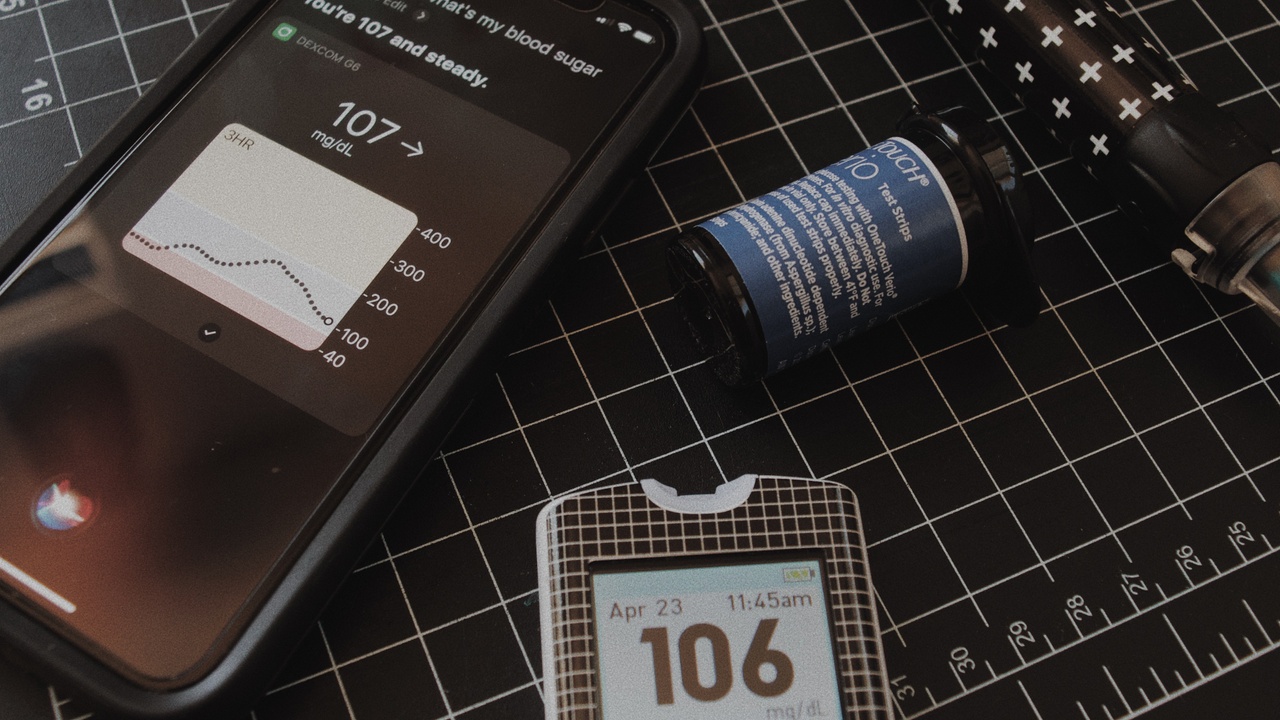How to Stay Emotionally Healthy Using a CGM

Continuous Glucose Monitors (CGMs) are life-changing. This technology has revolutionized the way we live with T1D and has made life with diabetes easier in many ways. But CGMs are only helpful if they work for you and your mental health.
There are so many good things about CGMs -- however, there are also some challenges. A part of CGM technology that someone else can’t live without can make your life with T1D a whole lot more stressful.
There is no reason to wear a CGM if it doesn’t make life with T1D easier for you. There is no one-size-fits-all way to use a CGM. You need to make your CGM work for you in a way that maximizes your mental health.
Here are four ways you can make your CGM work for you:
Alarms
CGM alarms can be lifesavers (literally). They can also lead to a lot of stress and anxiety. Alarms can go off at inconvenient times, interrupting conversations and reminding you that your blood sugar is out of range. They can also make it hard to get a good night’s sleep.
You need to set your CGM alarms so that they work for you. You can turn them off completely (except for the urgent low alerts that you can’t turn off), so you can look at your blood sugar when you want and identify trends. You can change the level of your high and low alerts, so you only get notified when your blood sugar is further out of range. How you use your alarms can be a balance between keeping your blood sugars in tight control and your sanity.
You are in the driver’s seat with your CGM alarms, and you need to do what’s best for you.
Taking breaks
No rule says you have to wear your CGM all the time. It’s perfectly ok to take a CGM break sometimes. Maybe you need a break from wearing a diabetes device on your body. Perhaps you need a break from constantly seeing your blood sugars. Whatever your reason, taking a break is ok.
If anyone tells you it’s impossible to manage T1D without a CGM, remind them we lived for many years without them. While you probably don’t want to go back to a world without CGMs, you can take a break and be fine. You might even find a short break helps your mental health.
How often you check it
The benefit of using a CGM is that you get to see a lot of data. The disadvantage of using a CGM is that you get to see a lot of data. If this constant stream of data is comforting and doesn’t distract you, look at it whenever you want.
If data overwhelms you and keeps you from paying attention to other things in your life, you can change how often you look at your CGM. You can take your readings off your watch, or even off your phone, and just use the receiver. You can also leave the receiver at home when you go out sometimes or decide to only look at your CGM when it alarms.
If too much data causes stress, remember that just because your blood sugar is available doesn’t mean you have to know what it is.
Sharing
Some CGMs let you share your diabetes data with other people. If and how you share your data can be a very personal decision and one you have complete control over. You can share your data with trusted family members and friends, or you can choose not to share your data with anyone.
If you do share your data, you get to decide the rules of engagement. For example, are you ok with people contacting you anytime to comment on your blood sugars, or do you want them to wait until you are out of range for a certain amount of time? These are rules you get to set to keep yourself safe while also taking care of your mental health.
There is no right way to use a CGM. Your CGM is here to help you. You get to figure out how to make your CGM work for you in a way that helps you manage your diabetes and reduce your stress.



